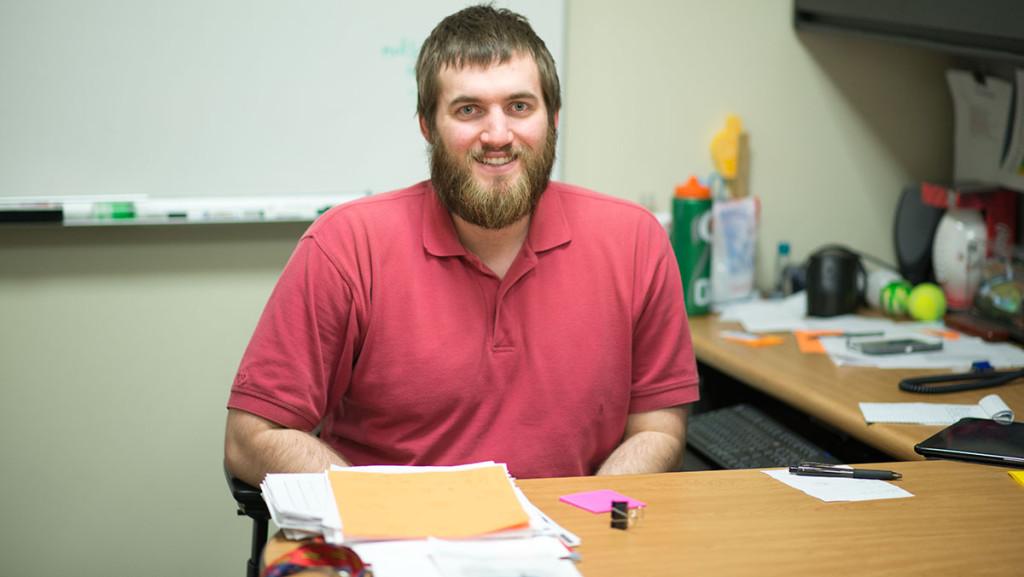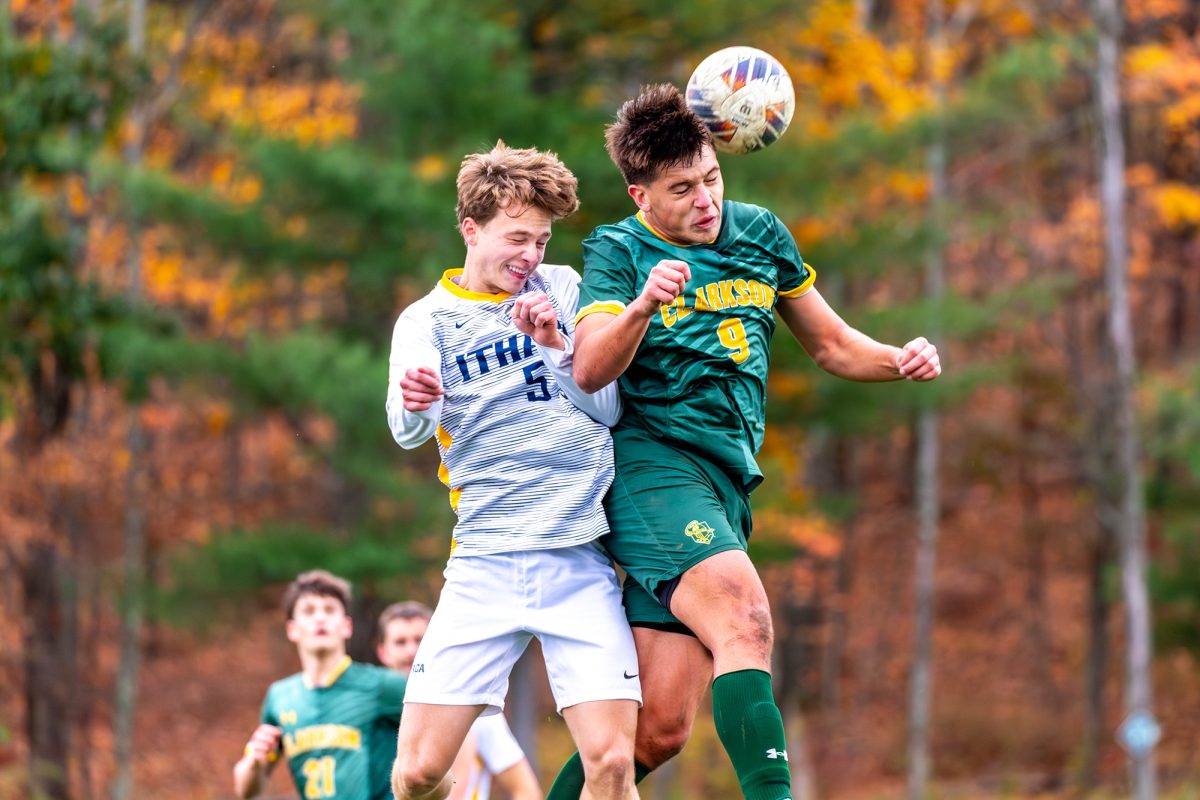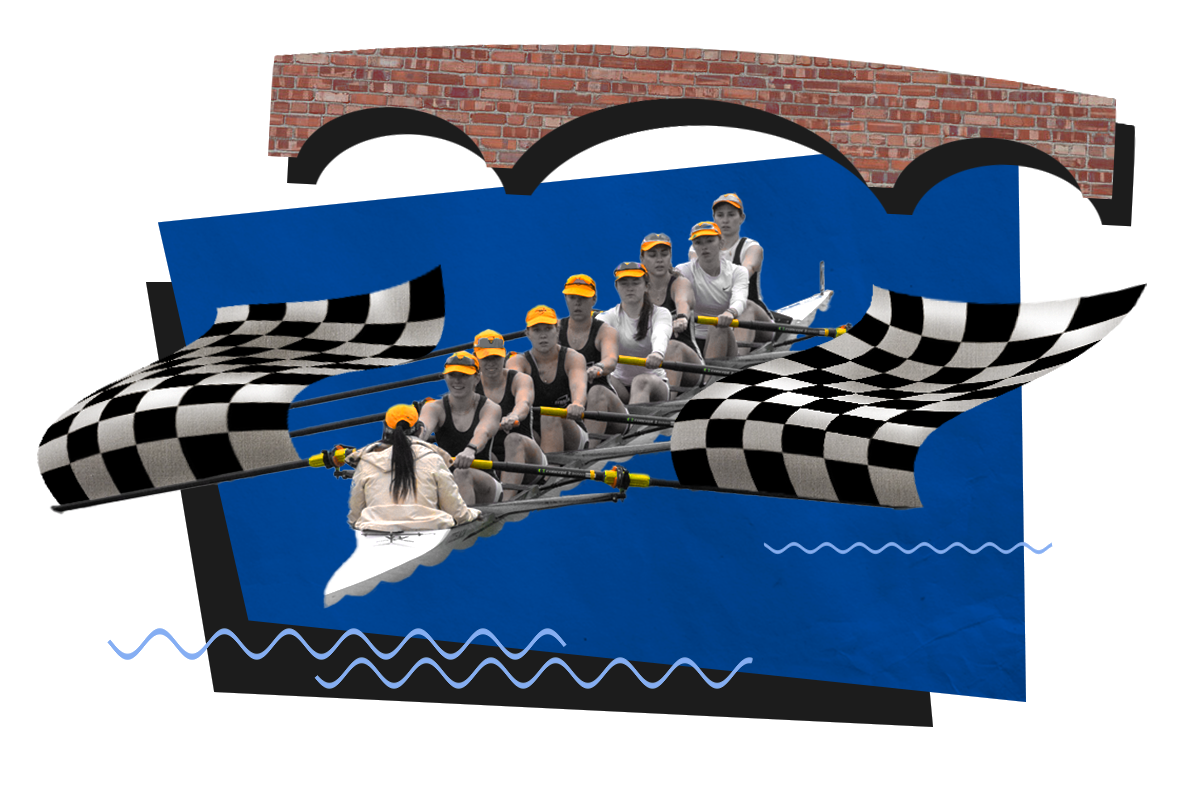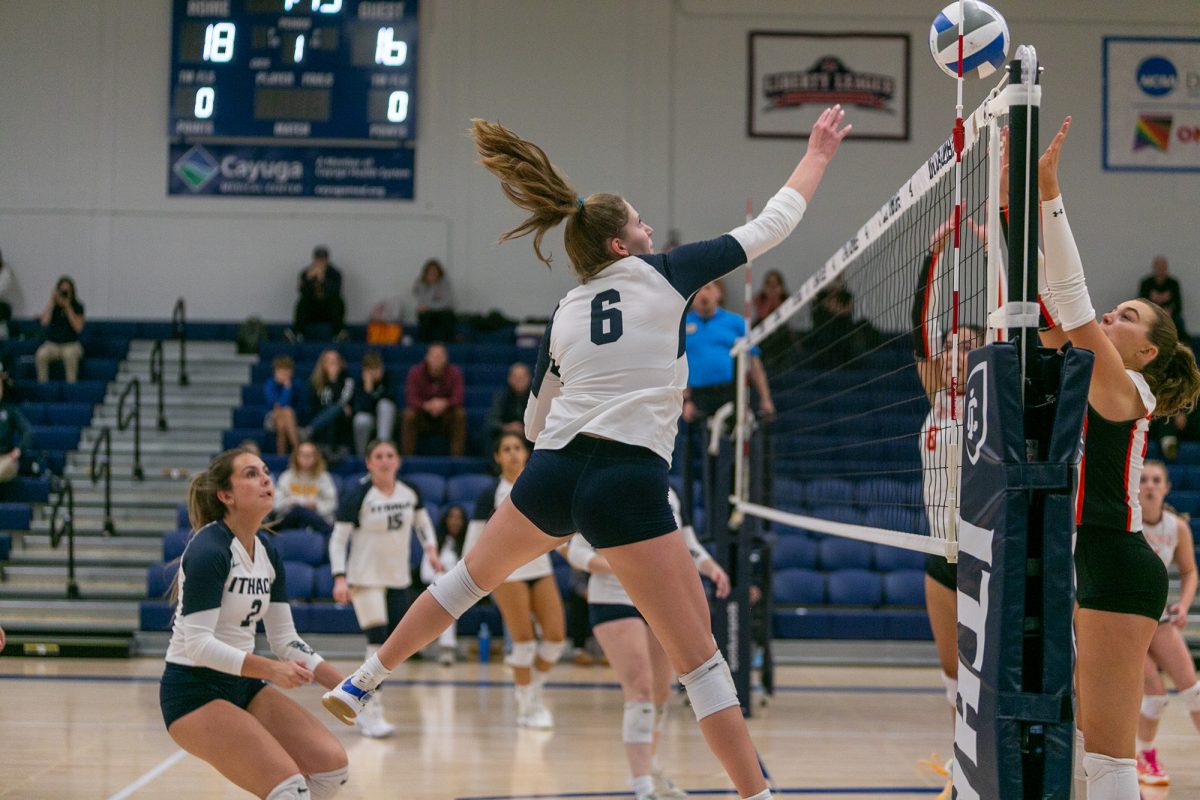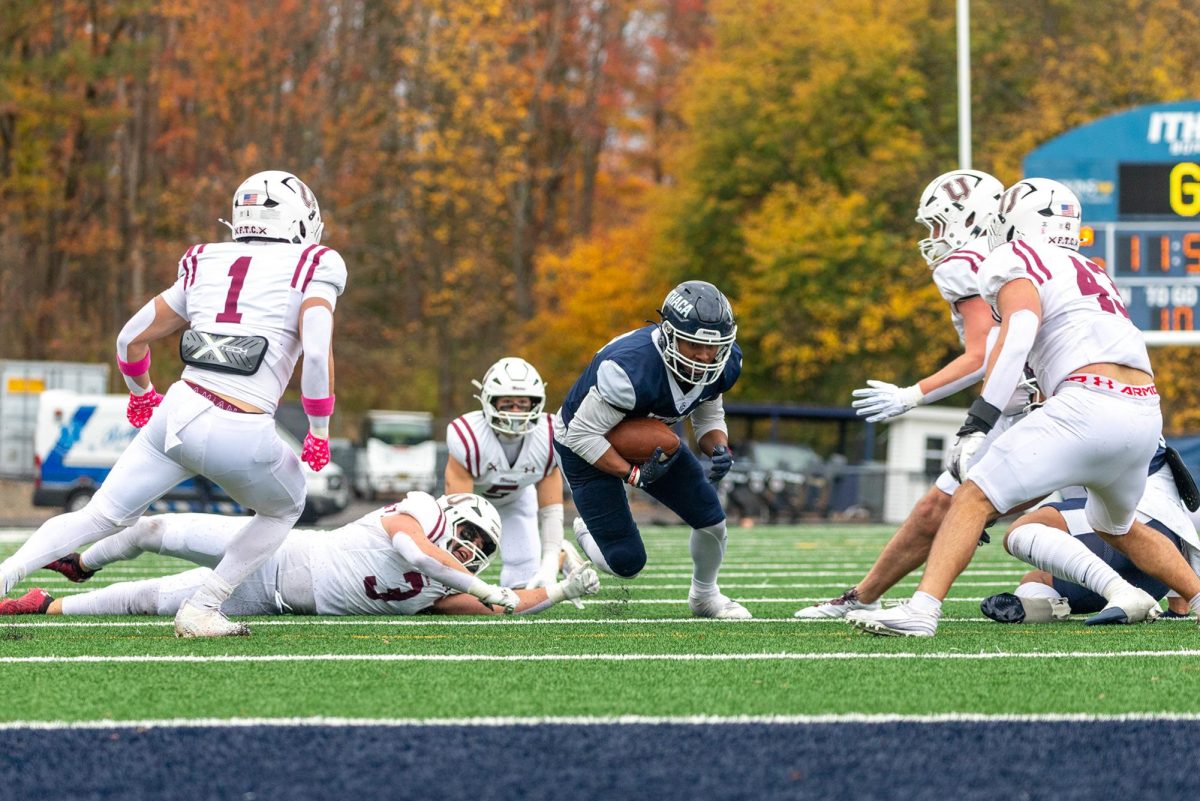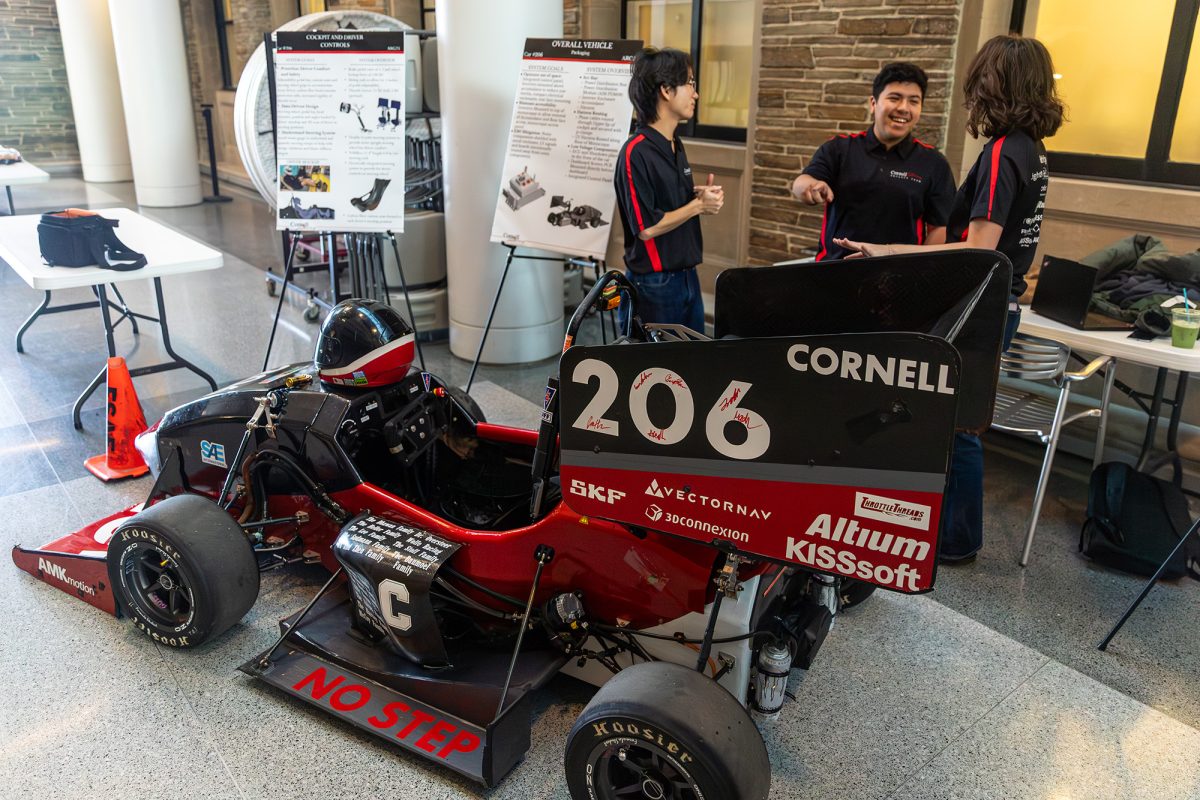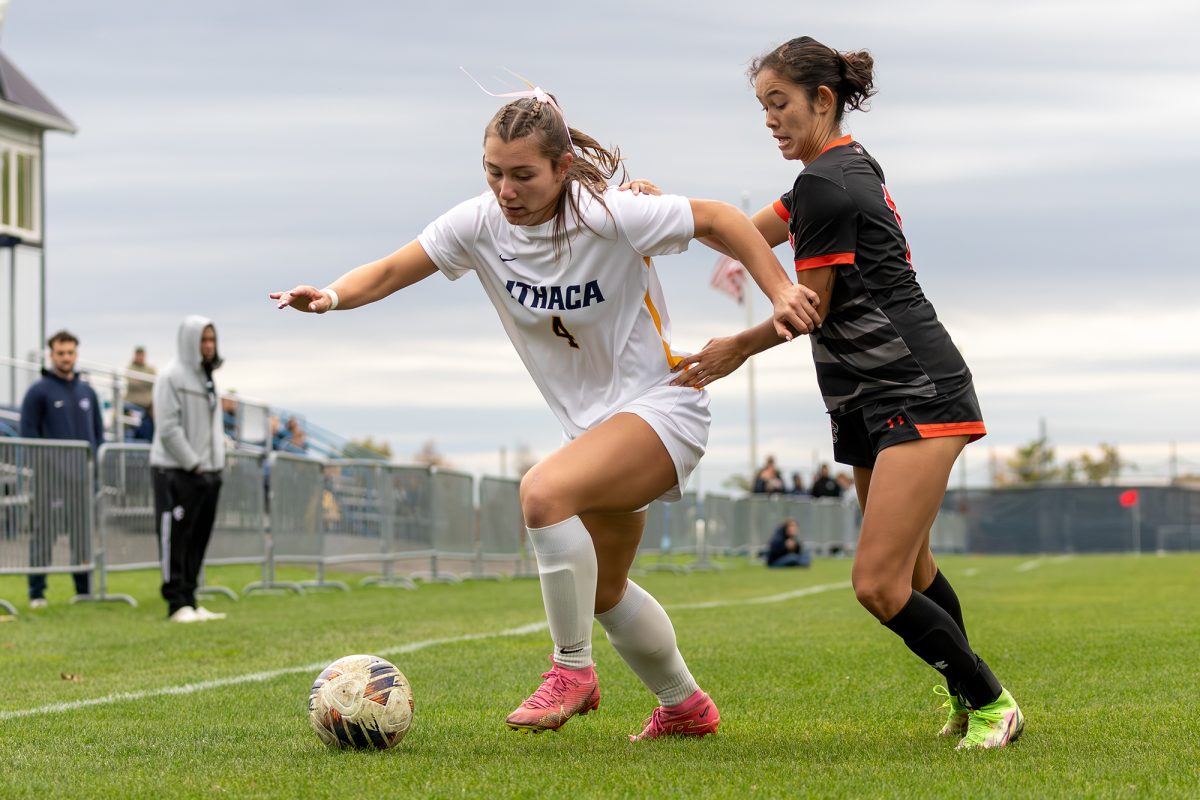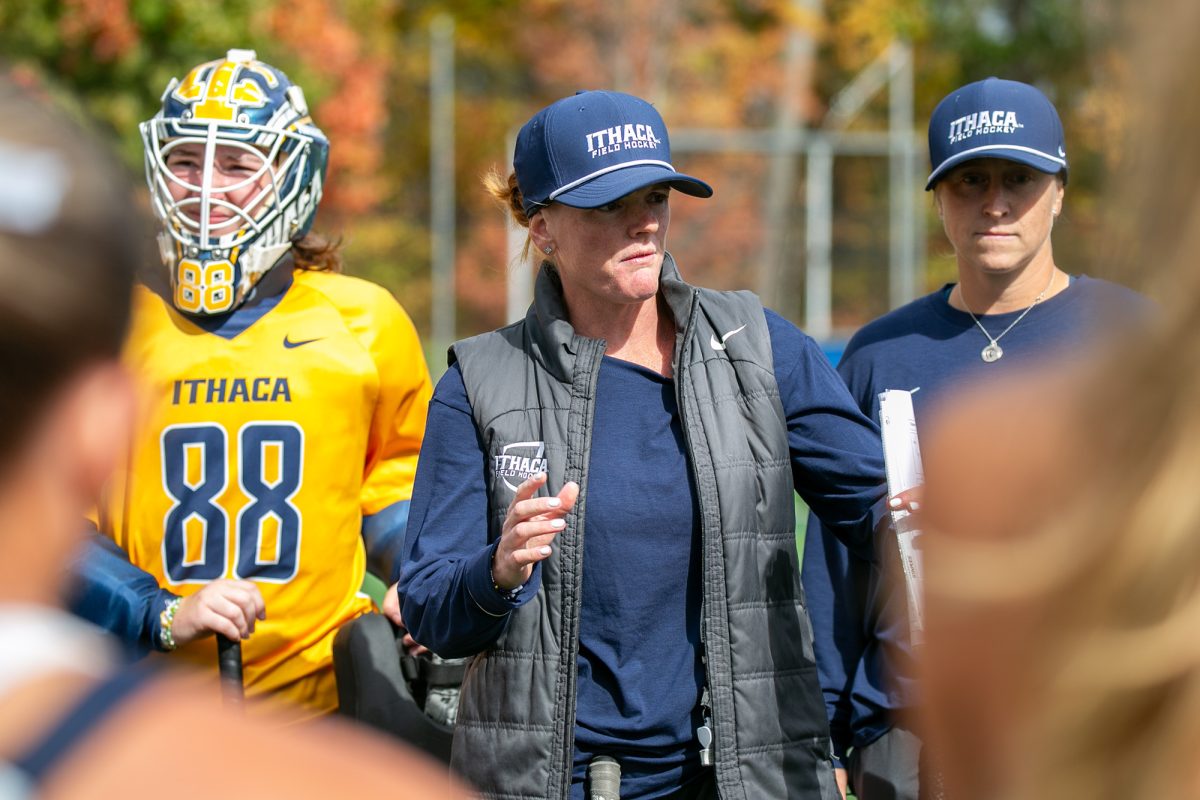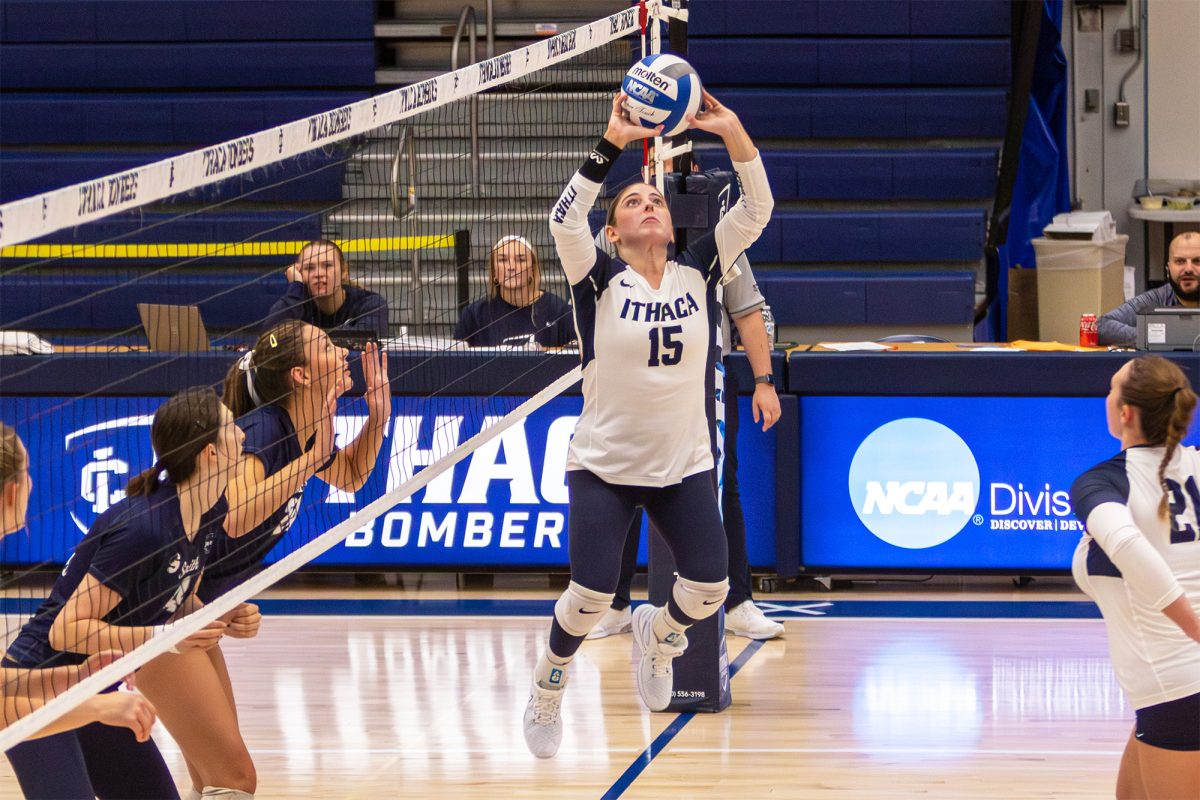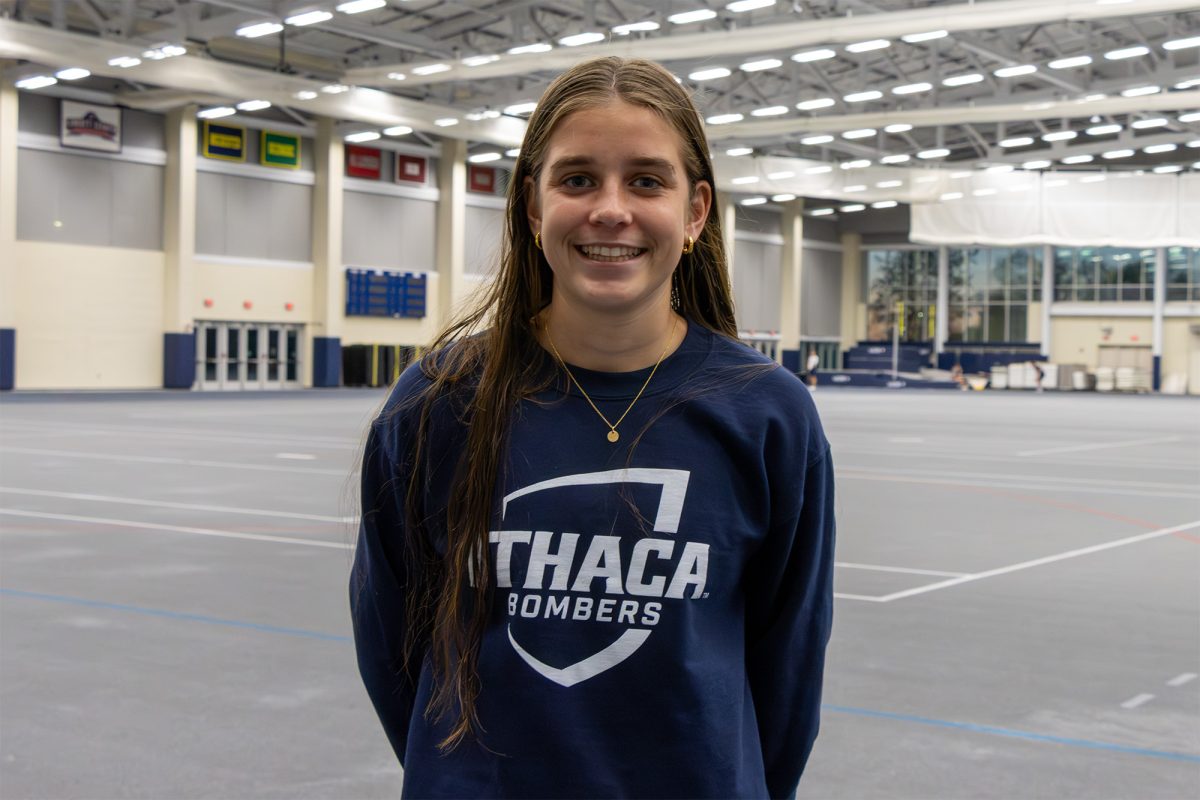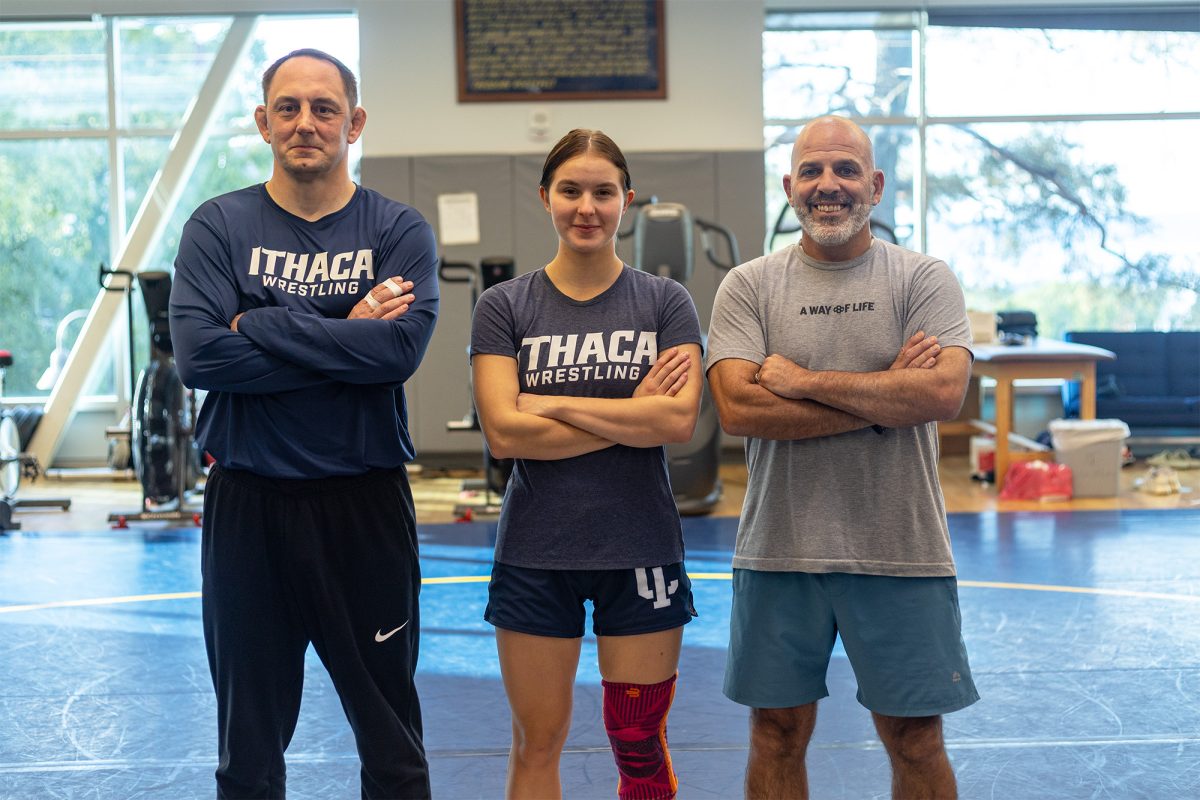At the end of September 2013, Ithaca College hired Chris Thomas as its new program coordinator of intramural sports and facility management. Since his hiring, the college’s intramural program has seen an increase in the number of participants in intramural sports, from 1,870 last year to 2,012 so far in the 2014–15 school year. After three different hirings in the last two years, intramurals may have found their permanent leader in Thomas.
Contributing Writer Adam Brobst spoke with Thomas about his past work experience, the improvement of the intramural program and his future with the college.
Adam Brobst: What are your past experiences?
Chris Thomas: I first started intramurals [during] my undergraduate at Louisiana State University. I was both a participant and official there for basketball and softball. Then from there, I did an internship at Lafayette College, which is a school in eastern Pennsylvania, where I predominantly ran their aquatics program but also ran about half the [intramural] sports, worked with training officials [and] evaluated officials scheduling games. From there, [I] went to Bowling Green State University where I got my master’s degree and was the graduate assistant coordinator for intramural sports. I ran all the day-to-day operations, once again working with scheduling, staff training and evaluations from there, and then started here the end of September.
AB: What about a job here at Ithaca College stood out to you?
CT: I enjoyed that small-school environment, and I enjoy the passion that’s here. During my interview, I met with Brad Buchanan, our assistant director, [and] Susan Bassett, our athletic director. They both really stress student development [and] student involvement on campus. That really spoke to me because the one thing I enjoy most about intramurals is working with students, developing them both on the court and both with my staff off the court in the office.
AB: You talk about getting involved with students. Have you found yourself doing more hands-on stuff, or are you more in the office?
CT: Most of my work is in the office. However, I do love coming in at nights, working with the refs one on one. We adopted an evaluation and assessment program during my first semester last year, and that’s really helped develop the refs into working on their skills, their technique and their knowledge of the sports. I love that hands-on experience. It’s pretty much the reason why I’m in intramurals, to have that interaction with them.
AB: What have been some of the challenges you have faced?
CT: We share a facility with athletics, so: working, communicating with athletics, with club sports, with intramurals, just figure out what times are available and how we can best utilize those. It’s been a challenge, but it’s fun when you sit down with a schedule and everything works out, and put pieces together like a perfect puzzle, so it’s been exciting. The staff here is amazing, both the students and professional staff. They’re excited to be here, and they love what they do, and that makes my job a lot easier and transitioning into a new school as well.
AB: How do the students’ inputs get involved in choosing sports?
CT: We have three main mediums we use. The first one is most common, it’s just word of mouth. Both myself and my staff, we’re always talking to students and throughout the semester: what sports they like, what sports they don’t like. Across the country there’s a big movement towards intramural battleship, and we tried that last year. It was a huge success, so we’re doing that this year. We’re expanding it into a possibly two-day affair, so getting their feedback for that — we know pickleball — that the students had talked about. The second one is also just doing research on national trends. So, as I said with battleship, we knew that across the country all these other schools were trying it, so we’d give it a try as well. The third one is something I implemented at the end of last semester. Moving forward, we send out Survey Monkey, an assessment survey at the end of each semester, and that’s how we’re going to start getting feedback, not just on our program, what we are offering, but also what they would like to see moving forward as well.
AB: What do you plan to do in the future?
CT: I definitely want to grow the assessment portion of this, so getting student feedback is crucial for really any on-campus activity to grow. You want to know what went well, what didn’t work, what we can improve on, so that’s something that I want to expand on as well. Just continuing to keep up with trends as new sports evolve, as some sports kind of fade out of popularity, making sure that we’re kind of on the cutting edge of what to offer … different things to get different students to get involved with intramurals and kind of expand our brand if you will.


